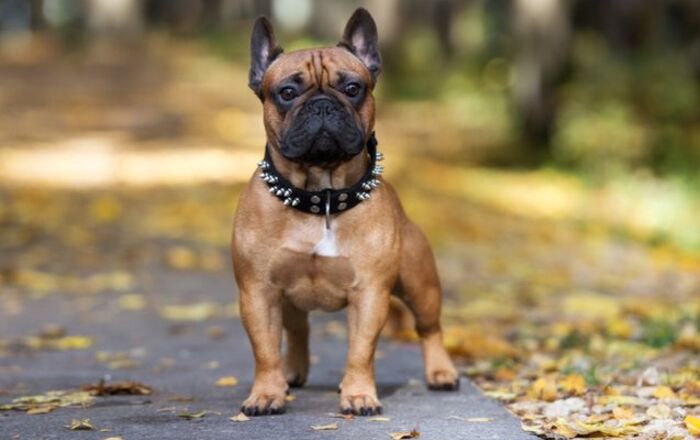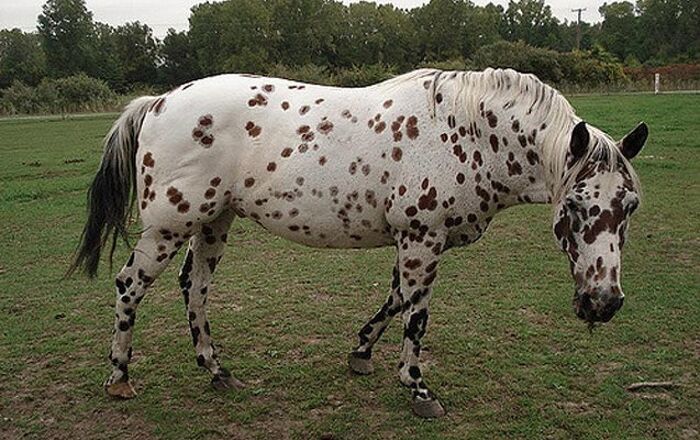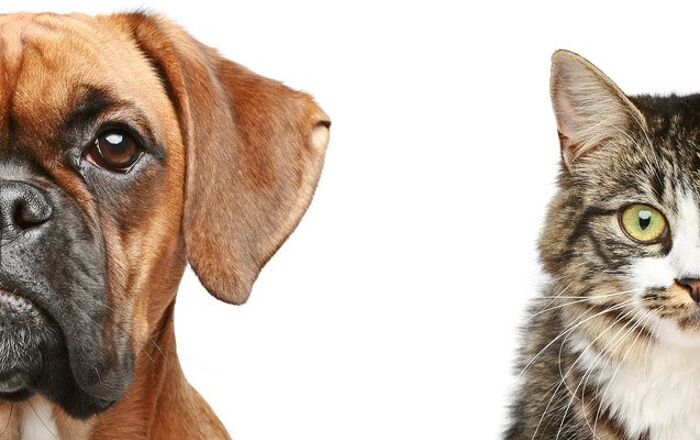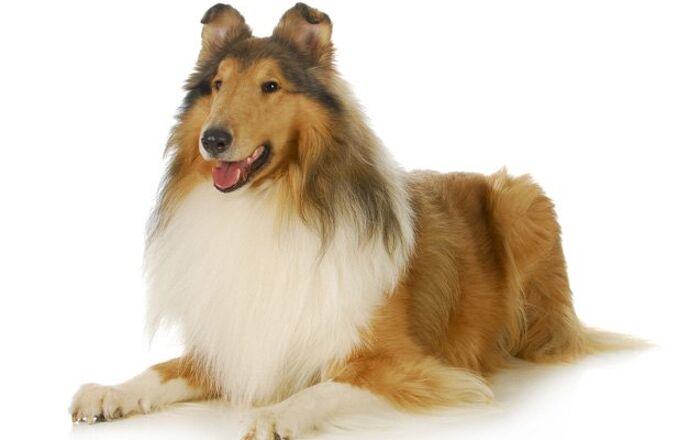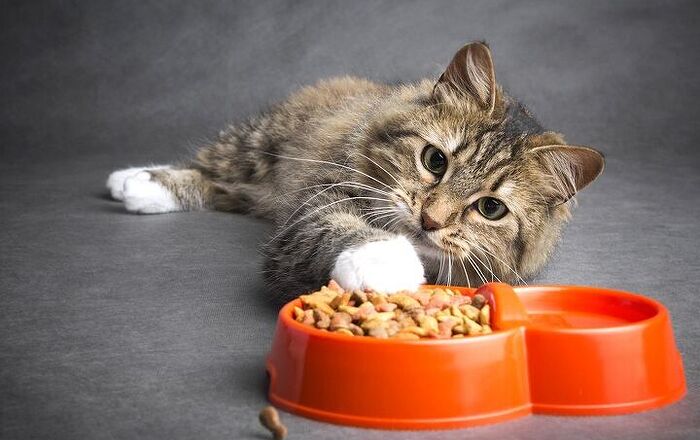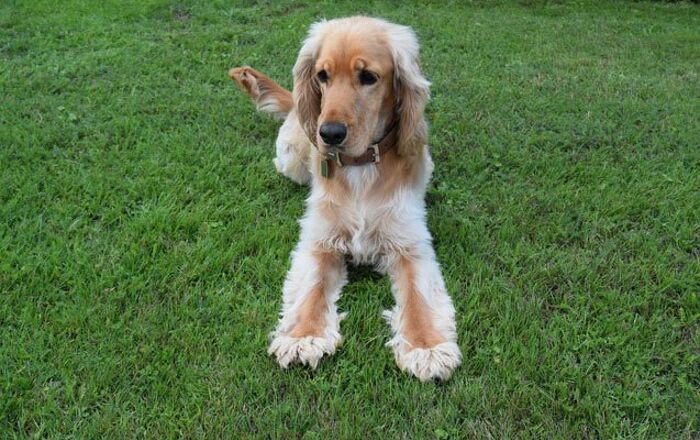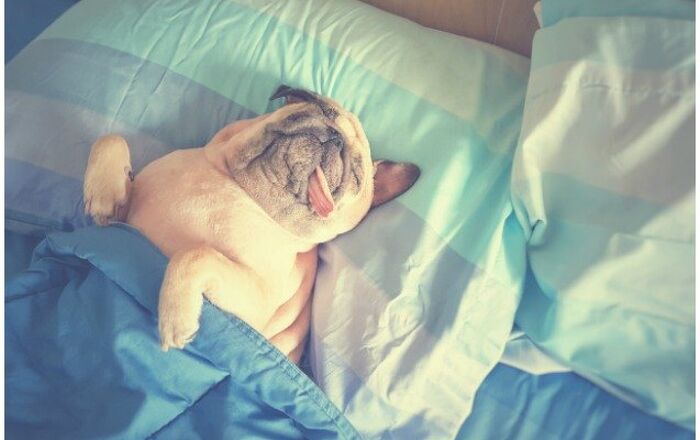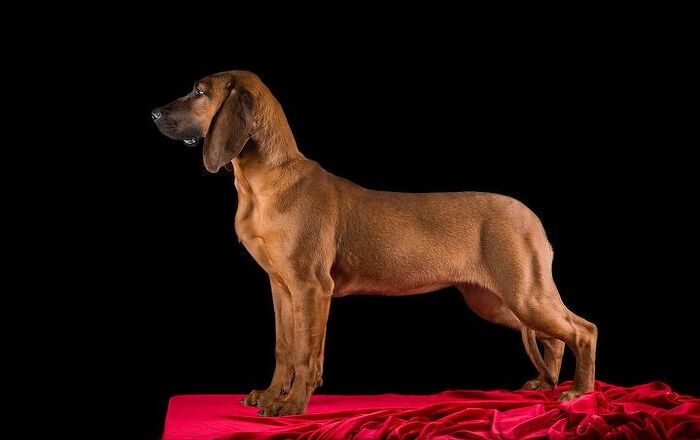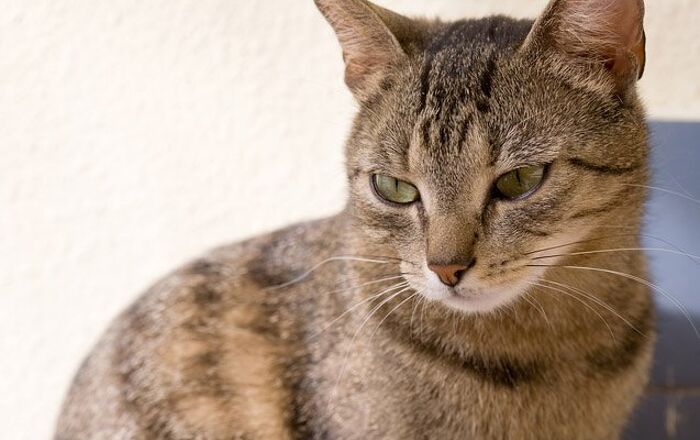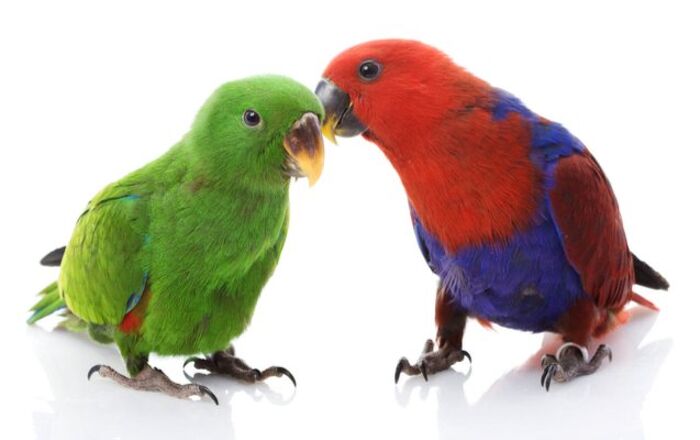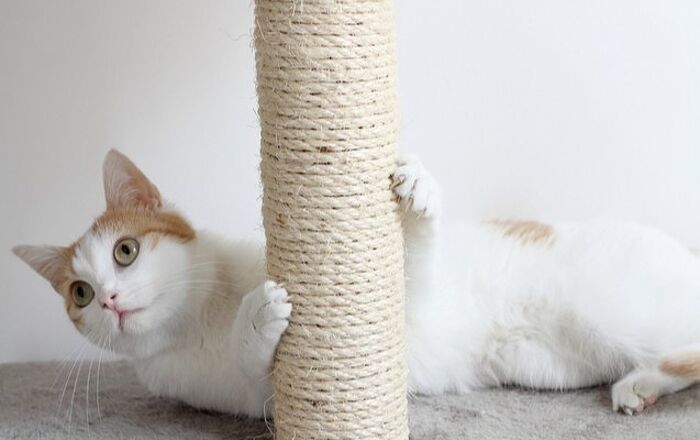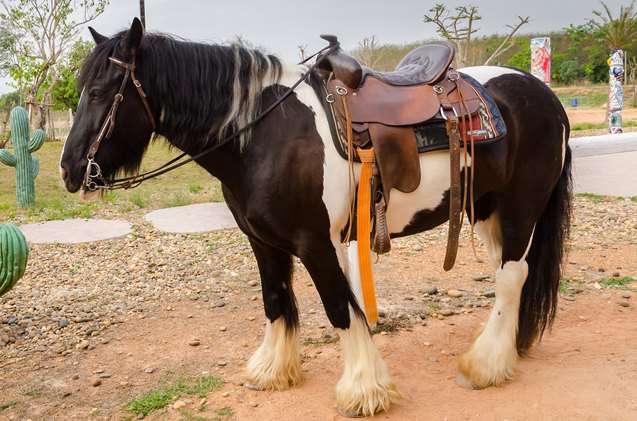
Gypsy Horse Breed History
The Gypsy Horse is registered as the Gypsy Vanner Horse, as well as the Gypsy Cob Horse and Gypsy Drum Horse. The breed originated in Great Britain, where it has been popular amongst the Romany Gypsies. It is a horse that can easily pull gypsy caravans, and this colorful equine breed can still be seen today as horses move alongside their owners while traveling to annual gathering locations.
Over the past 50 years, a greater number of horses have been bred selectively so that they will exhibit the characteristics of the ideal caravan horse. Also, when it comes to genetic makeup, the Gypsy Horse breed likely is the result of a combination of Clydesdale, Friesian, British ponies like the Dales Pony, and the Shire Horse.
Gypsy horses are docile, gentle, quiet, and patient.
Although originally from Great Britain, today the Gypsy Horse is also being imported, as well as bred, throughout Canada and the United States. In North America, the horses have become desirable show horses, carriage horses, and trail horses, but in the United Kingdom, they are well known for being reliable driving horses.
Breed Traits
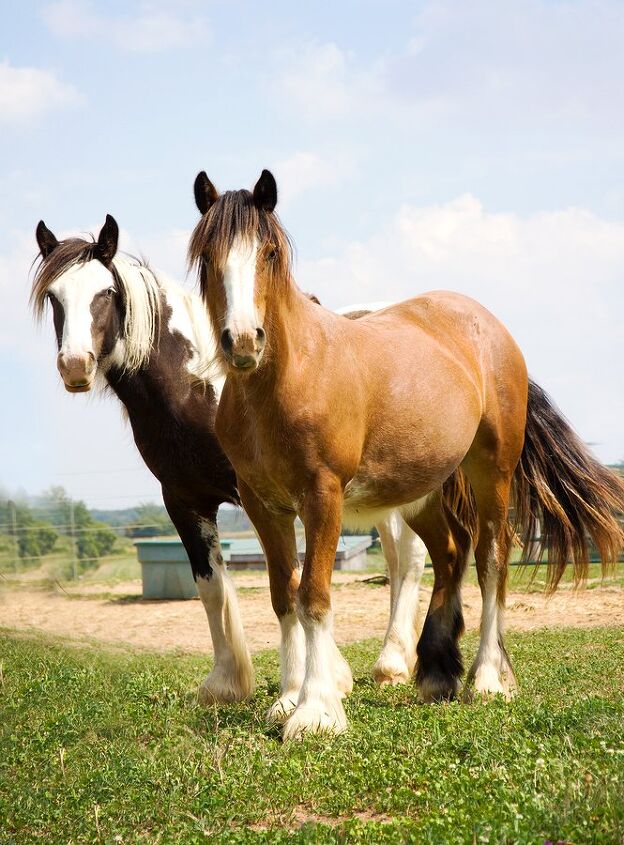
Because Gypsy Horses are bred to pull caravans, as well as carry gypsy children on their backs, they are docile, gentle, quiet, and patient. These characteristics make this equine breed an ideal choice for horse riders and owners of all experience levels. Even beginners will feel comfortable around this breed, and children will be able to ride Gypsy horses confidently as well.
The athletic Gypsy Horse will also learn quickly, making it an ideal choice for those seeking an equine companion that will be easy to work with. These animals are willing to be trained and are ready to please, as well as highly intelligent, so they are a pleasure to be around.
The Gypsy Horse comes in a variety of colors, and some can even have uniquely beautiful blue eyes.
Overall Description
The Gypsy Horse has several distinguishing characteristics, including legs that are abundantly feathered and a thick tail and mane. The feathering will begin around the knees on the front legs, as well as around the hocks on the rear legs, and it will extend over the front of the horse’s hooves.
These horses are small yet strong draft type animals that feature hindquarters that are heavily muscled. They also have large hooves, along with a short back that is proportionate to the rest of the body. The chest is broad, the hips are well rounded and heavy, and the neck is strong.
Also, although the average height for this horse ranges from 14 to 15.2 hands, you can find the Gypsy Horse in all heights. For example, you can find horses that are under 14 hands (those are referred to as Mini Vanners), as well as horses that are over 15.2 hands (those are known as Grand Vanners).
The athletic Gypsy Horse will learn quickly and is eager to please.
Colors
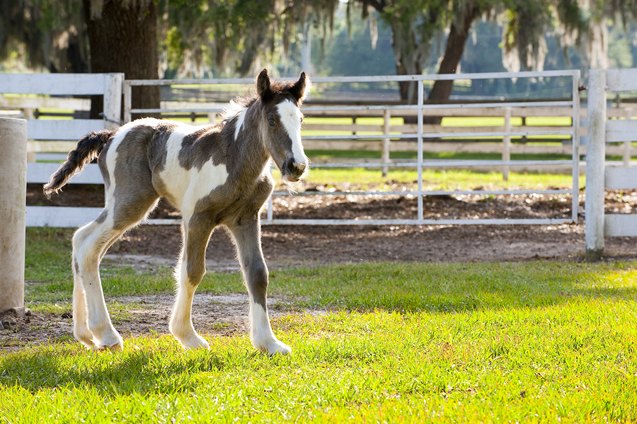
The Gypsy Horse comes in a variety of colors, and some can even have uniquely beautiful blue eyes.
Common colors include black, white, buckskin, bay, and chestnut, but these horses can also be gray and flaxen chestnut.
Dilutions that are commonly seen within the Gypsy Horse breed include silver dapple, perlino, palomino, cremello, and smoky black. Skewbalds and piebalds are also popular colors for this breed.
The Gypsy Horse can also display various color patterns, such as tobiano, sabino/blagdon, splash, spotted, bay roan, strawberry roan, blue roan, badger face, and Gulastra Plume.
Grooming Requirements
The Gypsy Horse’s hair should ideally be silky and straight. In order to maintain its beautiful appearance, as well as the health of this horse’s skin and coat, regular grooming sessions that include brushing and bathing are necessary.
Because dirt and mud tend to cause the Gypsy Horse’s hair to become dry, it is a good idea to begin every grooming session by using a rubber curry comb. This will bring dander and dirt to the coat’s surface so it will be easier to remove when you go over it with a body brush. This step also stimulates circulation and encourages the production of natural oils that allow the skin to be healthy, shiny, and lovely.
To comb this horse’s abundant tail and mane, begin at the ends and then work your way up slowly and thoroughly. When you encounter hairs that have become tangled, use a detangler and gently remove the knot with your fingers before running a comb through again. Be sure to use grooming tools that are specifically designed for use on the tail and mane.
Bear in mind, too, that feathered equine breeds like the Gypsy Horse are prone to dermatitis and scratches underneath the feathering on the legs. Therefore, extra care needs to be taken to ensure the feathering is thoroughly examined, washed, dried, and brushed.
Photo credit: Kent Weakley/Bigstock; khwanchai.s/Bigstock; CampCrazy Photography/Bigstock

